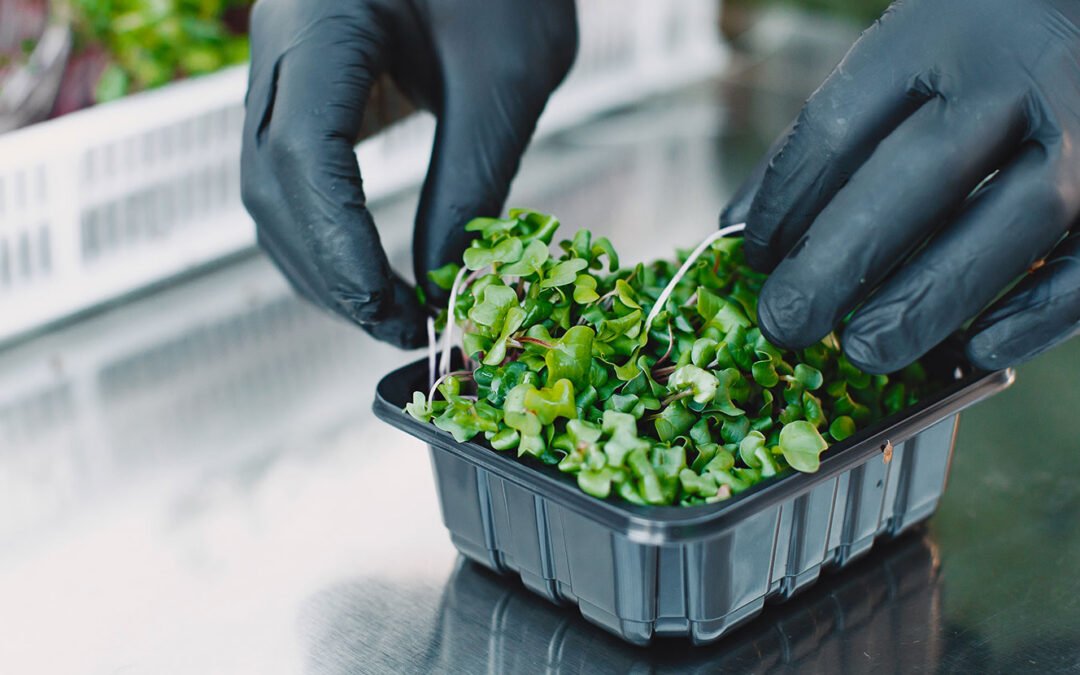Indoor farming has emerged as a sustainable and efficient way to grow fresh produce year-round, regardless of external weather conditions. However, many people assume that setting up an indoor farm requires a significant financial investment. The truth is, with the right approach and cost-effective strategies, anyone can start indoor farming on a budget.
This guide will walk you through the cheapest ways to start indoor farming, covering essential equipment, low-cost growing methods, and money-saving tips. Whether you’re a beginner or an enthusiast looking for affordable solutions, this article will provide you with practical insights to kickstart your indoor farming journey.
Understanding Indoor Farming
Indoor farming refers to the practice of growing plants inside controlled environments, such as homes, greenhouses, or warehouses. Some of the Best Vegetables for Vertical Farming include leafy greens, herbs, and microgreens, making indoor farming an efficient and productive method for growing fresh produce. The key benefits of indoor farming include:
- Year-round production – No dependency on seasonal changes.
- Space efficiency – Ideal for urban dwellers with limited outdoor space.
- Pesticide-free crops – Less exposure to external contaminants.
- Water conservation – Uses up to 90% less water than traditional farming.
Low-Cost Methods to Start Indoor Farming
1. Choosing the Right Location
The first step is selecting a suitable space for your indoor farm. If you want to Start an Indoor Farm in a Small Apartment Without Sunlight, you can still keep costs low by considering these options:
- Unused rooms – A spare bedroom, basement, or garage can serve as a growing space.
- Closet farming – Small-scale growing setups can thrive in a closet with proper ventilation.
- Balconies or windowsills – Utilize natural sunlight to reduce electricity costs.
2. Affordable Indoor Farming Systems
There are several indoor farming methods, each with varying costs. The cheapest options include:
a) Soil-Based Indoor Gardening
- Uses readily available potting soil.
- Requires basic containers like plastic pots or repurposed containers.
- Ideal for growing herbs, leafy greens, and small vegetables.
b) Hydroponics on a Budget
- A DIY hydroponic system can be set up using household items like buckets and PVC pipes.
- Kratky method – A passive hydroponic technique that requires no electricity.
- Uses water and nutrient solutions instead of soil, increasing efficiency.
c) Vertical Farming with Recycled Materials
- Stacking shelves or repurposing old bookshelves can maximize space.
- Utilizes LED grow lights to optimize plant growth.
- Can be combined with hydroponics or soil-based methods.
d) Grow Mushrooms Indoors
- Requires minimal space and light compared to traditional crops.
- Uses inexpensive materials like coffee grounds, straw, or sawdust as a growing medium.
- Can yield high returns with minimal investment.
3. Low-Cost Lighting Solutions
Artificial lighting is one of the biggest expenses in indoor farming, but budget-friendly options include:
- Utilizing natural sunlight – Placing plants near windows reduces electricity usage.
- LED grow lights – Energy-efficient and long-lasting (use brands like Roleadro or Viparspectra for affordable options).
- DIY lighting setups – Repurposing LED strips or desk lamps to provide adequate illumination.
4. Cost-Effective Nutrient and Soil Solutions
- Composting kitchen scraps to create nutrient-rich soil.
- Using free organic fertilizers like eggshells, banana peels, and coffee grounds.
- Making homemade hydroponic nutrient solutions from Epsom salt, calcium nitrate, and potassium phosphate.
5. Affordable Climate Control and Maintenance
- Using fans and open windows for ventilation instead of expensive HVAC systems.
- DIY humidity control – Placing water trays around plants or using a homemade humidifier.
- Recycling household items – Using old yogurt cups, plastic containers, or egg cartons for seed starting.
Additional Money-Saving Tips
- Buy seeds in bulk to save money over time.
- Join local gardening communities for free seeds, cuttings, and advice.
- Repurpose household items instead of purchasing new farming equipment.
- Monitor plant health to avoid expensive mistakes and plant loss.
Conclusion
Starting an indoor farm on a budget is entirely possible with strategic planning and resourcefulness. By utilizing existing space, opting for cost-effective farming methods, and repurposing materials, you can enjoy fresh, home-grown produce without breaking the bank. With these practical tips, you can embark on your indoor farming journey in the most affordable way possible.
Frequently Asked Questions (FAQ)
1. What is the cheapest indoor farming method? The Kratky hydroponic method and soil-based gardening in recycled containers are among the most affordable ways to start indoor farming.
2. Can I use regular LED lights for indoor farming? While standard LED lights can help, grow-specific LED lights with the correct spectrum (blue and red) are more effective for plant growth.
3. What are the easiest crops to grow indoors on a budget? Leafy greens (lettuce, spinach, kale), herbs (basil, mint, parsley), and microgreens are low-cost and easy to grow.
4. How can I reduce electricity costs for indoor farming? Use natural sunlight whenever possible, invest in energy-efficient LED grow lights, and implement passive hydroponic methods that require minimal electricity.
5. Where can I find free or cheap indoor farming supplies? Check local gardening groups, online marketplaces, community seed exchanges, and repurpose household items to cut costs.


Trackbacks/Pingbacks